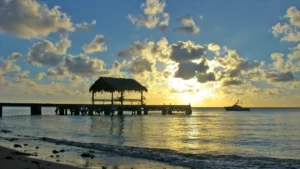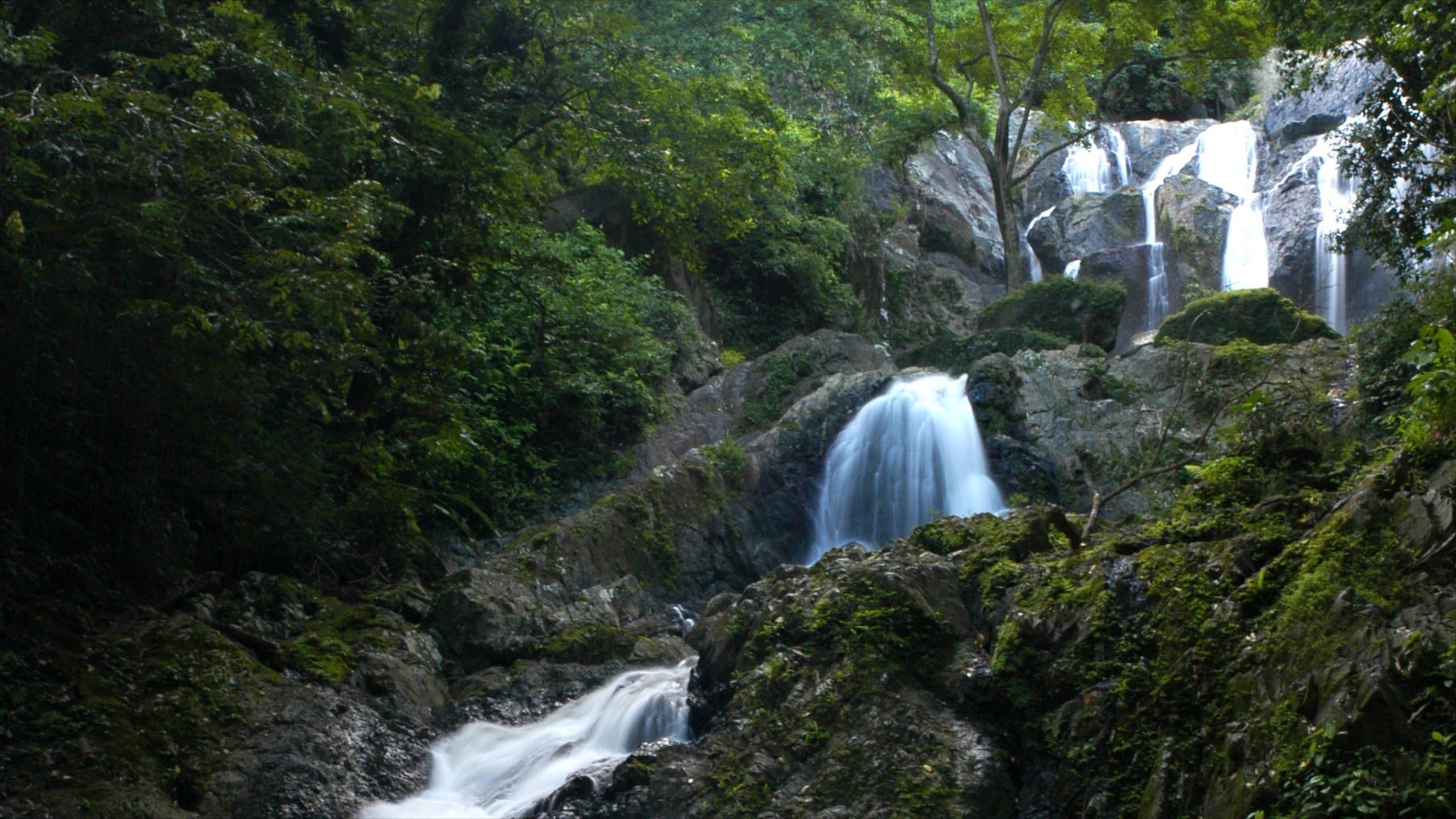The island of Trinidad pulses with an energy unlike anywhere else in the Caribbean. As the larger half of the twin-island nation Trinidad and Tobago, it’s a place where African drums sync with Indian tablas, where misty rainforests meet salsa-filled streets, and where the aroma of curry duck floats past colonial-era architecture. Home to the world’s largest Carnival celebration and the birthplace of steelpan music, Trinidad is a cultural dynamo wrapped in natural splendor.
A Tapestry of History: From Indigenous Roots to Global Crossroads
Trinidad’s story begins with the indigenous Kalina and Arawak peoples, who called it “Ieri” (Land of the Hummingbird). Christopher Columbus claimed it for Spain in 1498, but it remained largely undeveloped until the 1783 Cedula of Population attracted French planters and enslaved Africans. British rule followed in 1797, shaping the island’s institutions.

A pivotal chapter unfolded post-slavery abolition (1834), when indentured laborers from India arrived between 1845–1917. Their descendants, including notable figures like former Prime Minister Kamla Persad-Bissessar (whose ancestors hailed from Bihar, India), profoundly shaped Trinidad’s identity. Today, 35% of Trinidadians claim Indian heritage, blending seamlessly with African, Chinese, Syrian, and European communities.
📜 Historic Highlight:
Trinidad gained independence in 1962 and became a republic in 1976. Its capital, Port of Spain, hosts the iconic Red House—a symbol of resilience rebuilt after the 1990 coup attempt.
Learn more: History of Trinidad (Wikipedia)
Nature’s Playground: Biodiversity & Landscapes
Trinidad’s geography astonishes with its diversity:
-
Northern Range: Lush rainforests hiding waterfalls like Maracas and hiking trails teeming with ocelots and 400+ bird species.
-
Caroni Swamp: A mangrove sanctuary where scarlet ibises paint the sky crimson at sunset.
-
Pitch Lake: The world’s largest natural asphalt deposit—a surreal, bubbling landscape in La Brea.
-
Beaches: Maracas Bay’s golden curve, famous for “bake and shark,” contrasts with untouched Toco coastlines.

Culture: Carnival, Cuisine & Creative Soul
🎭 Carnival: The Ultimate Street Party
Trinidad’s pre-Lenten Carnival is a sensory explosion. Revelers in feathered costumes (“mas”) dance to calypso and soca amid jam-packed streets. The tradition traces back to French plantation masquerades and African resistance rituals.
🍛 Food: A Fusion Fiesta
-
Doubles: Curried chickpeas sandwiched in fried bread—Trinidad’s beloved street food.
-
Roti: Flaky flatbread wrapped around curried goat or chicken.
-
Pelau: One-pot rice with pigeon peas, meat, and coconut milk.
🎶 Music: Birthplace of the Steelpan
Forged in 1930s Port of Spain, the steelpan is Trinidad’s gift to global music. Calypso legends like Mighty Sparrow and soca icon Machel Montano echo in every bar and beach party.
Economy: Energy, Enterprise & Innovation
Trinidad boasts the Caribbean’s strongest economy, fueled by oil and natural gas. The Point Lisas Industrial Estate drives exports, while tourism grows steadily. Challenges include diversification beyond energy and climate resilience. The country actively seeks global partnerships, evidenced by its active role in the Commonwealth.
Economic Insight: Trinidad & Tobago Trade Profile (Commonwealth Chamber)
Politics: Democracy in Action
Trinidad’s parliamentary democracy thrives with lively elections. The 2024 state visit by PM Keith Rowley to India highlighted shared heritage, with PM Modi honoring former PM Kamla Persad-Bissessar as “Bihar ki beti” (Daughter of Bihar)—a nod to her Indian roots.
Recent Ties: India-Trinidad Connection (NDTV)
Must-Visit Attractions: Beyond the Beach
-
Asa Wright Nature Centre: Spot toucans and oilbirds in this eco-paradise.
-
Hanuman Murti: A towering 85-foot statue in Couva, reflecting Trinidad’s Hindu legacy.
-
Lopinot Historical Complex: Explore a cocoa plantation’s colonial past.
-
Angostura Distillery: Sample world-famous rum and bitters.
Sustainable Travel Tips
-
Support Community Tourism: Stay in eco-lodges like Mount Plaisir Estate in Grande Rivière (a leatherback turtle nesting site).
-
Respect Sacred Sites: Cover shoulders/knees at temples and churches.
-
Reduce Plastic: Carry reusable bottles—Trinidad’s tap water is safe.
Conclusion: The Unforgettable Island
Trinidian writer V.S. Naipaul once called his homeland a place where “the world is always elsewhere.” But to visit Trinidad is to discover a world unto itself—a symphony of cultures, flavors, and landscapes that leaves visitors spellbound. Whether you’re dancing at Carnival, hiking through misty peaks, or savoring a doubles at dawn, Trinidad offers not just a journey, but a transformation.
